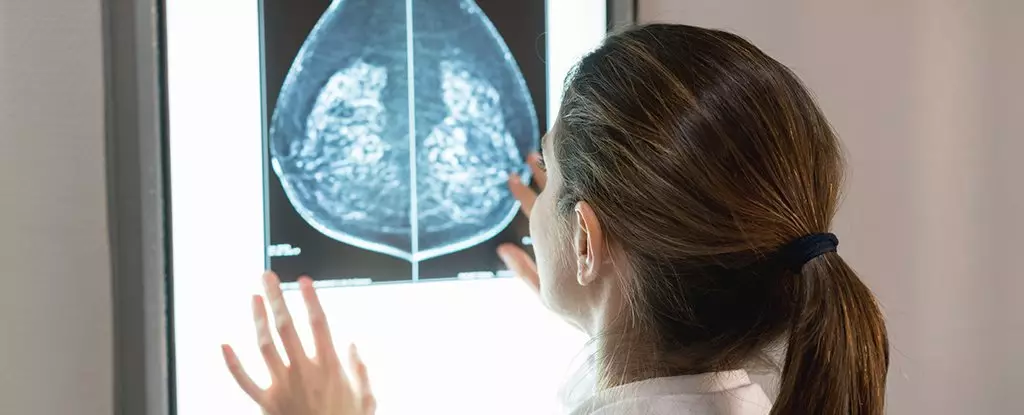In recent years, the rising incidence of breast cancer within the United States has raised significant concern among health professionals and policymakers alike. According to a comprehensive study released by the American Cancer Society, breast cancer rates have increased at an alarming rate, particularly among younger women and Asian American populations. Between 2012 and 2021, the annual cases grew by approximately one percent, despite a notable decline in the overall breast cancer mortality rate, which saw a decrease of 44 percent from 1989 to 2022. This paradox highlights a critical conversation about the complexities surrounding breast cancer, its demographics, and the systemic barriers that persist within the healthcare system.
Breast cancer remains the second most commonly diagnosed cancer among women in the U.S., with roughly one in eight women expected to receive a diagnosis in their lifetime. Importantly, this statistic transcends mere numbers; it points to a widespread public health concern that necessitates immediate attention. The report indicates that the increase in breast cancer incidences is most pronounced among women under the age of 50, who are facing a 1.4 percent annual rise compared to a more modest 0.7 percent among older age groups.
The surge among younger women might be attributed to various factors, including lifestyle changes, environmental influences, and genetic predispositions. On the other hand, Asian American women have experienced the most rapid increase in incidence, potentially linked to an influx of new immigrants who carry a heightened risk. The interaction of culture, socioeconomics, and healthcare accessibility forms a complex web of influences that require urgent study and intervention.
Despite advancements in medical treatment and early detection, the benefits have not been uniformly distributed across racial demographics. For instance, while the mortality rate from breast cancer has seen a significant decline, Native American populations have not shared in these gains, with mortality rates remaining stagnant since 1990. Additionally, Black women are experiencing a 38 percent higher death rate from breast cancer than their white counterparts, despite having five percent fewer diagnosed cases. This disparity serves as a stark reminder of the systemic racial inequities that permeate healthcare.
The findings call into question the concept of “equal access” in diagnosis and treatment. Even though Black women may attend screenings more frequently than white women, often their services are rendered at institutions lacking proper resources or accreditation. The report emphasizes the pressing need to address these inadequacies, which stem from longstanding systemic racism and social determinants of health that dictate the quality of care received.
A Recommended Path Forward
In light of these findings, the authors of the study propose several actionable recommendations aimed at ameliorating disparities in breast cancer mortality. One prominent solution is to enhance diversity within clinical trials to ensure that all racial groups are appropriately represented. This not only contributes to a more comprehensive understanding of the disease but also allows for tailored treatment and screening strategies that consider the unique risks and needs of diverse populations.
Furthermore, fostering community partnerships that specifically target underserved women is crucial in expanding access to high-quality screening services. Providing resources to organizations that operate within low-income communities can significantly improve the quality of care and outcomes for these populations.
Moreover, the U.S. Preventive Services Task Force’s recent recommendation that women begin routine screening at age 40 is a step in the right direction, shifting away from a one-size-fits-all approach. However, for such measures to be effective, equitable access to these screenings must be ensured for all women, regardless of their background.
As breast cancer rates continue to rise, particularly among marginalized groups, it is imperative that both public health authorities and society at large take notice. The need for targeted interventions addressing both the incidence and mortality rates in a disparate manner is critical to fostering a healthier future. It is a call to action for equity in health care that cannot be ignored. Addressing these pressing issues will not only save lives but also contribute to a more just healthcare system.


Leave a Reply